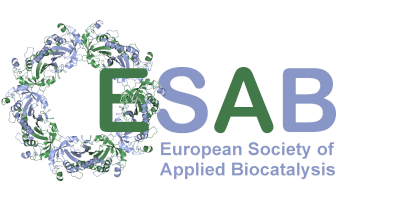Metrology for large-scale sequence-function relationships
Abstract
Prediction of protein function from protein sequence is a grand challenge that spans all of biology and biotechnology. Although AlphaFold and similar models have revolutionized structural biology with protein structure predictions that rival experimental measurements in accuracy, there is no analogous AI/ML solution for prediction of protein function. The problem is a lack of sufficient high quality data. The success of AlphaFold relied on publicly available data for over 170,000 experimentally measured protein structures, all reported in the same standardized format and within a framework for assessing the quality of each measurement. In contrast, although there are nascent technologies that might enable measurements of protein function at a similar scale, there is no consistent framework for collecting and reporting that data or for evaluating its quality. In this presentation, I will describe our efforts, working in collaboration with Align to Innovate and other members of the biotechnology community, to bridge this gap by developing and deploying standardized methods to collect, analyze, and report on data for very large-scale measurements of protein sequence-function relationships. In addition, I will discuss the results of recent large-scale measurements, highlighting key aspects of the measurement process that underpin quantitative results and the use of large-scale sequence-function data for protein engineering.
About the Speaker(s)
 David Ross is a physicist and project leader at the National Institute of Standards and Technology, where he currently leads the Living Measurement Systems Foundry. David’s current work focuses on the development of large-scale measurements and machine-lear-ning approaches to enable more predictive engineering of biological systems. David received a B.S. in physics from Caltech in 1992 and a PhD in physics from the University of California, Irvine in 1996. After a postdoctoral stint at the École Normale Supérieure in Paris, David took a position as a postdoctoral fellow at the National Institute of Standards and Technology (NIST) in 1999. He has remained at NIST since and is now a senior scientist and project leader. David has worked on a range of problems including wetting phase transitions, microfluidic technology development, and engineering biology.
David Ross is a physicist and project leader at the National Institute of Standards and Technology, where he currently leads the Living Measurement Systems Foundry. David’s current work focuses on the development of large-scale measurements and machine-lear-ning approaches to enable more predictive engineering of biological systems. David received a B.S. in physics from Caltech in 1992 and a PhD in physics from the University of California, Irvine in 1996. After a postdoctoral stint at the École Normale Supérieure in Paris, David took a position as a postdoctoral fellow at the National Institute of Standards and Technology (NIST) in 1999. He has remained at NIST since and is now a senior scientist and project leader. David has worked on a range of problems including wetting phase transitions, microfluidic technology development, and engineering biology.
